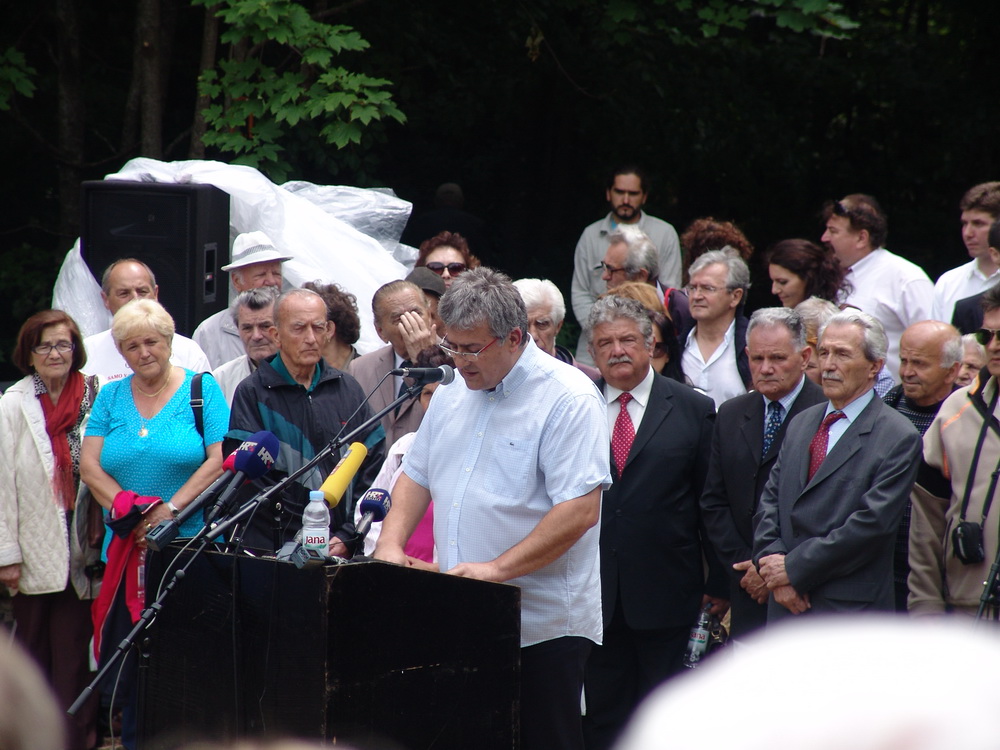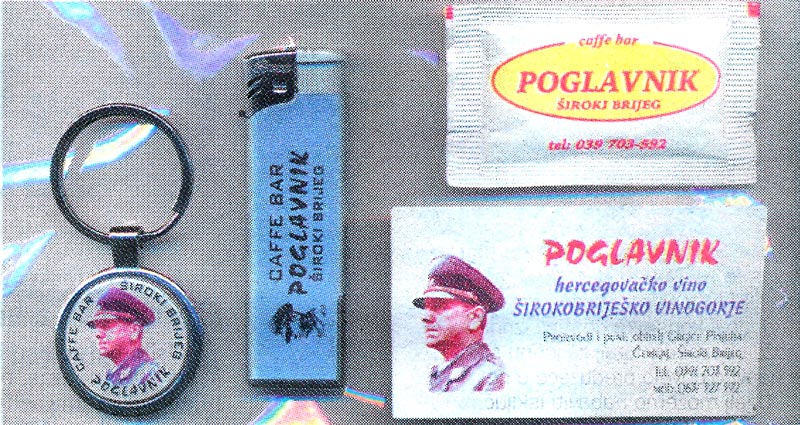Mile Vukelja
He was born on 16 of November 1930 in the village of Donja Dragotinja, Prijedor County. He narrates: My parents’ names were Jovo and Stoja. They were farmers. We had house, stable, warehouse, corn crib, place for smoking meat, pigsties, chicken coops, beehive, eight heads of cattle (cows, oxen, bulls), four pigs, fifteen sheep, hens. Our family consisted of: father Jovo (1895), mother Stoja (1900), brothers: Dušan (1924), Dragan (1933), Nikola (1937), Slavko (1941) and sisters: Dušanka (1924), Jovanka (1926) and Smilja (1928). The Independent State of Croatia wrote a proclamation concerning of the handing over of the weapons regardless the fact if they had the weapon licence or not.



